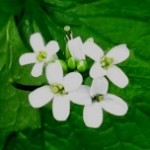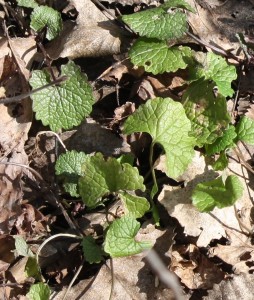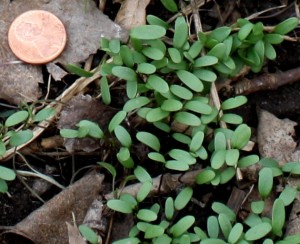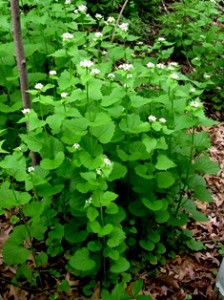|
If you have been following my blog and want to join me in person and learn more about garlic mustard and various control options, please pre-register to attend this upcoming event on April 28, 2012 in Eden Prairie, Minnesota: Garlic Mustard Control Boot Camp Seminar
Sponsored by the City of Eden Prairie How to get rid of this “Bad Boy” in your gardens and woods
DATE: Saturday April 28, 2012 TIME: 9:00 AM to 11:00 AM LOCATION: Camp Edenwood Center, 6350 Indian Chief Road, Eden Prairie, MN 55346 |
| The City of Eden Prairie and Cheryl Jirik of Landscape Restoration, Inc. will be holding a “hands on” classroom training and field session to learn how to identify and control garlic mustard. This session will begin at the Camp Edenwood Center, 6350 Indian Chief Road, Eden Prairie, MN 55346 for a power point presentation and discussion and then move outdoors for a “hands on” field training session.
There is no charge for this event, but attendees are requested to RSVP to:
Jeff Cordes, Eden Prairie Forestry Technician
email: jcordes@edenprairie.org phone: 952 949 8463 Questions maybe emailed to Cheryl Jirik, Landscape Restoration, Inc. at cheryl@landscape-restoration.com.
|

















